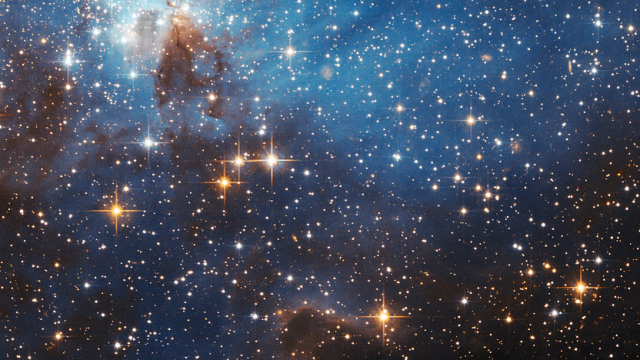A new NASA experiment will take to the skies on a balloon, scanning the space between the stars of our galaxy and listening for cosmic ingredients to understand how the Milky Way evolved over time.
GUSTO, or Galactic/Extragalactic ULDB Spectroscopic Terahertz Observatory, is launching no earlier than Thursday from the largest ice shelf in Antarctica known as the Ross Ice Shelf, according to NASA. From there, the telescope will float 120,000 feet over Antarctica while attached to a high-altitude balloon for at least 55 days.

Using GUSTO, scientists will create a 3D map of a region of the Milky Way in extremely high frequency radio waves. NASA describes its balloon-borne telescope as a “cosmic radio” as it listens for signals of carbon, oxygen, and nitrogen in the interstellar medium, or the space between the stars. This space may hold clues as to how stars like our Sun are born and evolve over time, and how the swirling disk of material around them forms planets like Earth.
GUSTO senses the high-frequency signals transmitted by atoms and molecules as it is designed to listen to frequencies about a thousand times higher than the ones cellphones operate at. “We basically have this radio system that we built that we can turn the knob and tune to the frequency of those lines,” Chris Walker, principal investigator of GUSTO at the University of Arizona, said in a statement. “And if we hear something, we know it’s them. We know it’s those atoms and molecules.”

Ground-based telescopes can’t carry out these observations due to the water vapor in the atmosphere absorbing the light from the atoms and molecules. GUSTO is attached to a 39 million cubic-foot balloon, which can fly high for long periods of time during the summer season over Antarctica. As it floats, the balloon will be as wide as a football field.
NASA uses two types of balloons to lift payloads towards the atmosphere: zero-pressure and super-pressure balloons. Zero-pressure balloons are typically used for short flights while balloons like the one lifting GUSTO can be used for extended flights.
While attached to its balloon, GUSTO will soar higher than the water vapor in Earth’s atmosphere. During its nearly two months above Earth, the telescope will also examine the process that forms molecular clouds, giant cosmic structures formed as a result of the accumulation of cold gas and dust that come together in interstellar space. These clouds collapse to form new stars.
GUSTO is also set to reveal the 3D structure of the Large Magellanic Cloud (LMC), a dwarf galaxy near the Milky Way that resembles some of the galaxies from the early universe. “By studying the LMC and comparing it to the Milky Way, we’ll be able to understand how galaxies evolve from the early universe until now,” Walker said.
